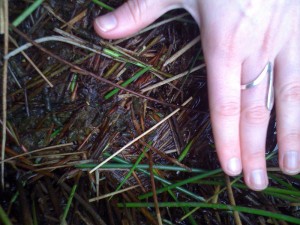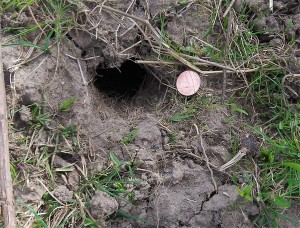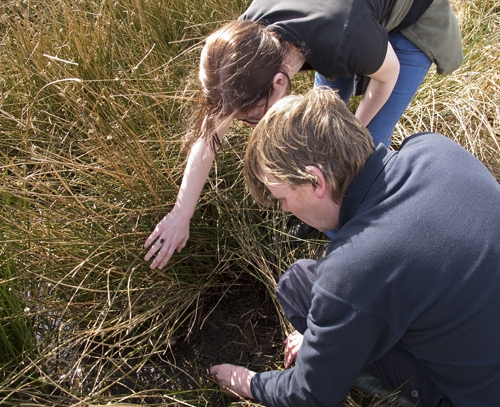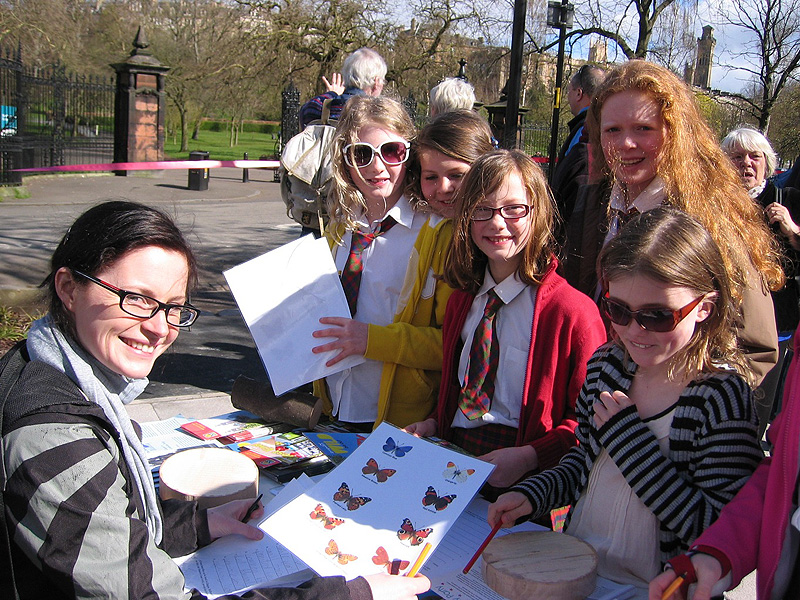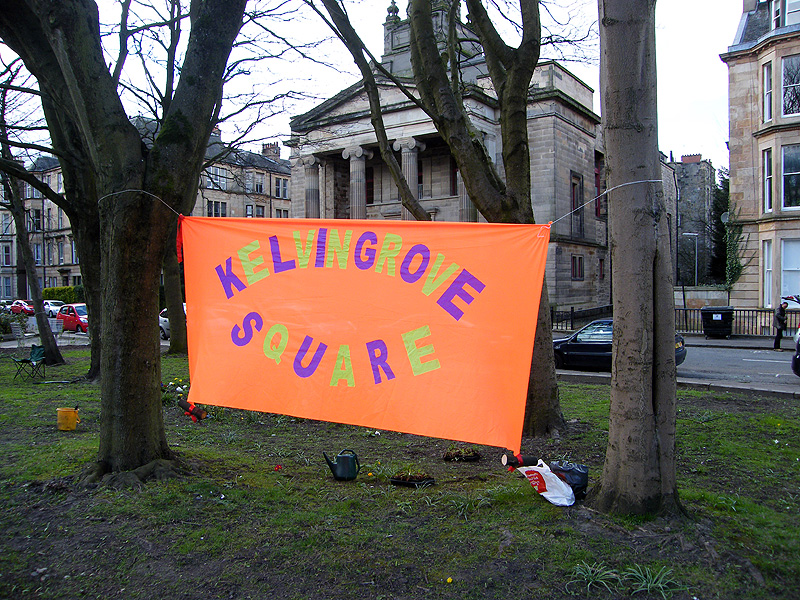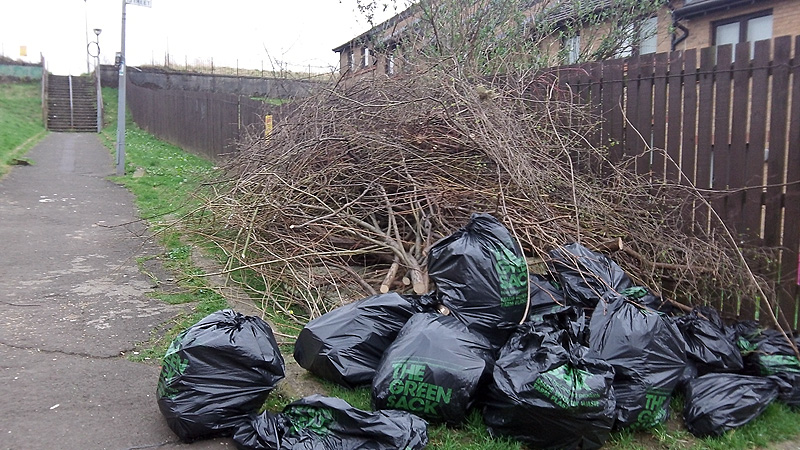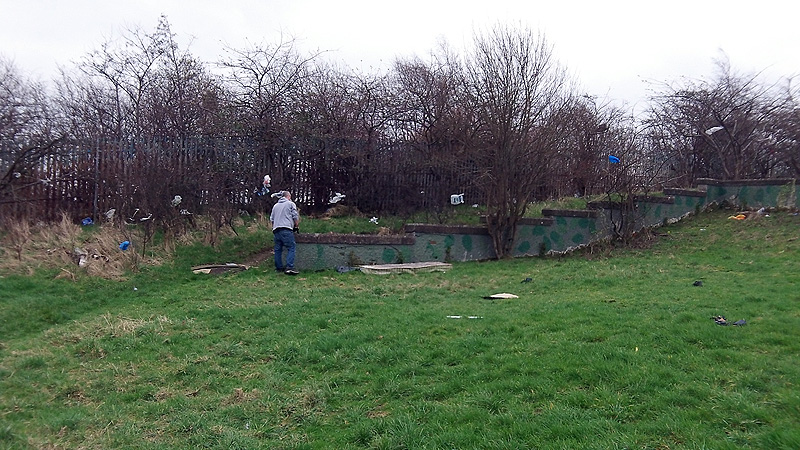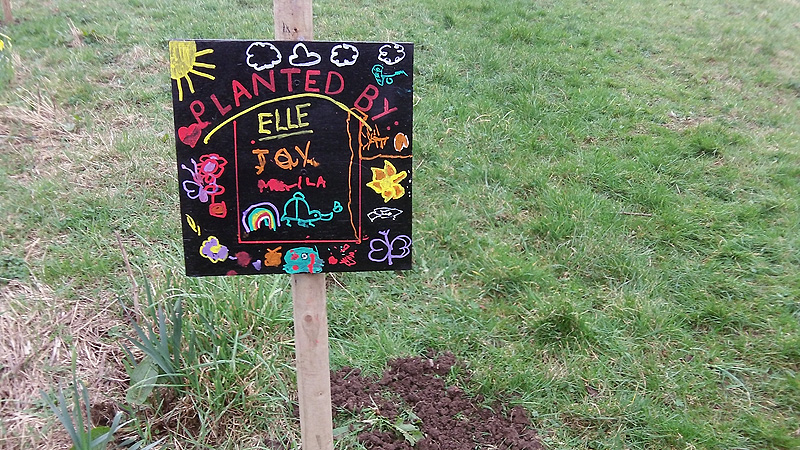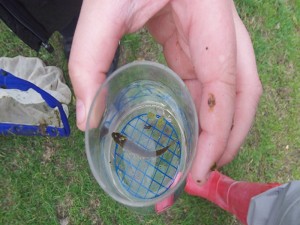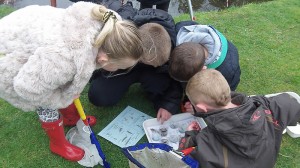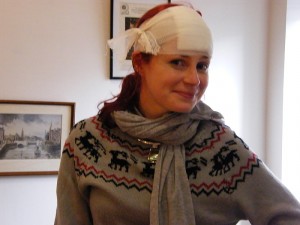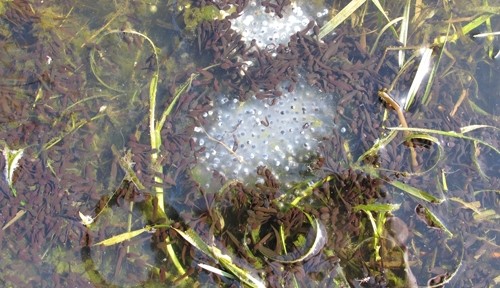
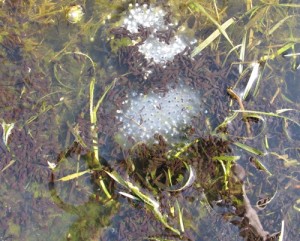 I also went to Robroyston with one of the Biodiversity Officers to look for signs of Water Voles in preparation for the training days they ran for the Countryside Rangers, Pest Control and Operations. There was plenty of evidence of Water Vole and Field Vole in the area. No wonder there was a Buzzard flying over our heads! In addition to this, we saw 9 Roe Deer, a Newt and more Bumblebees.
I also went to Robroyston with one of the Biodiversity Officers to look for signs of Water Voles in preparation for the training days they ran for the Countryside Rangers, Pest Control and Operations. There was plenty of evidence of Water Vole and Field Vole in the area. No wonder there was a Buzzard flying over our heads! In addition to this, we saw 9 Roe Deer, a Newt and more Bumblebees.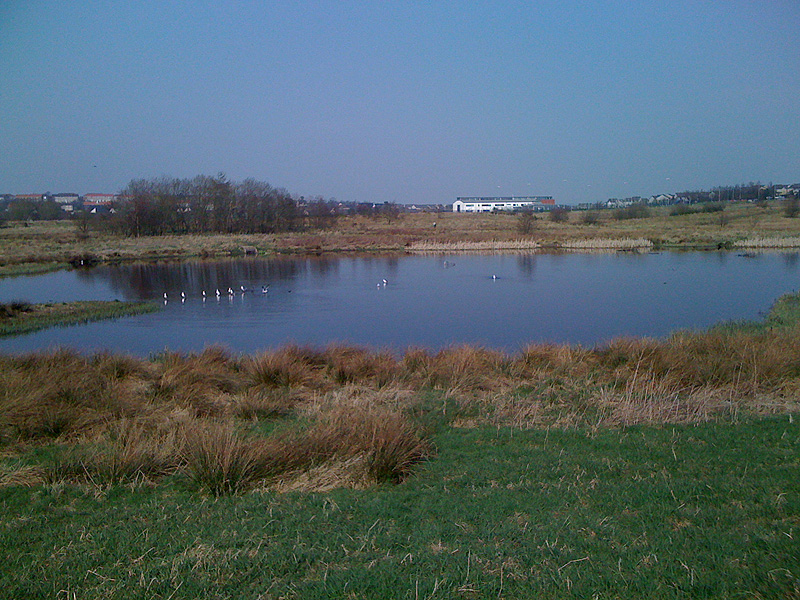
Above: Roboyston LNR
The Water Vole survey training was a success! The rangers certainly seemed to enjoy it, and Lucy Tozer (one of my fellow Natural Communities colleagues that joined us) hopefully did too. The training provided should help Pest Control and Operations in the city be able to tell the difference between Rats and Water Vole, which can be easily confused by the general community. It is hoped that this skill sharing will increase the councils knowledge of the where-about of these animals, shortly to become a Protected Species. Interestingly, the Water Voles are acting differently in Glasgow (fossorial); turning up in peoples garden’s and parks where there is no open body of water to create holes on flat ground like the one pictured above (taken from a local park in the North East of the city).
KELVINGROVE SQUARE OPEN DAY
The Friends of Kelvingrove Square planned an Open Day for the newly rennovated square, that they have been planning and working on for some years. The local Gaelic school children that designed several mosaics in the square also perfomed at the opening, there was a local television crew, a BBQ and an RSPB stall. I went along to help out, and took with me 40 Foxglove and 48 Woodrush plants for the community, handing out leaflets and information on biodiversity in Glasgow. I also brought a Butterflies on a stick game to set up for local children that they seemed to love. One of the Butterflies went missing however, so I had to tell them it flew away ;).
On that note… I have been working on setting up a Butterfly transect at Kelvingrove Park to monitor the Butterflies in this green space. By doing so this will enable the local community or students to gain or build on existing recording skills, counting towards one of the councils LBAP’s. Kelvingrove Park might not be the most Butterfly friendly habitat, but recent management of the park has purposefully changed to include wildflower patches and long grass to increase biodiversity. The results might not be as diverse as Robroyston LNR, but nevertheless they are extremely important as they can inform us on the health of the park or about areas that could be improved on, especially if they are not used by the public.
Fingers crossed we get some interesting results!
CHIP
Since my last blog I have helped Children’s Inclusion Partnership (CHIP) do a deep clean of Byshot Path. Byshot is a brownfield site located between some houses and flats in Possil. They have been working for some years with Hawthorn Housing Co-operative to develop Byshot Path as a bio-diverse and people-friendly space. This small piece of land is owned by the Housing Co-op and so there is great freedom to develop it. The site is well used path by dog walkers, children coming home from school and as short cut to local shops etc, and has great potential to be a place for community engagement with the biodiversity it already holds.
CHIP, the Housing Co-op and I carried out a deep clean before helping the local children do a small litter pick and re-fill birdfeeders. The children had planted trees last year and labelled them, but due to the bad weather over winter they had blown away, so we took this opportunity to put up some posts made by the children instead. This week I will be helping the children and families decorate a wall at the site. Not with paint, but with live yogurt! This will hopefully help increase moss growth, making the wall blend in and increase biodiversity. I am sooo looking forward to creating some yogurt art.
DIPPERS
Last week I was out pond dipping with the Spring Camp Club, which is a group organised by Glasgow Life, that provide activities for children during the holidays. I assisted the Countryside Ranger in teaching local children within the community about wildlife that lives in one of their local ponds, at Rosshall Park.
Oh aaaaand… I am officially qualified in First Aid. Hurrah! Lets hope I don’t have to use this technique at any upcoming events.

